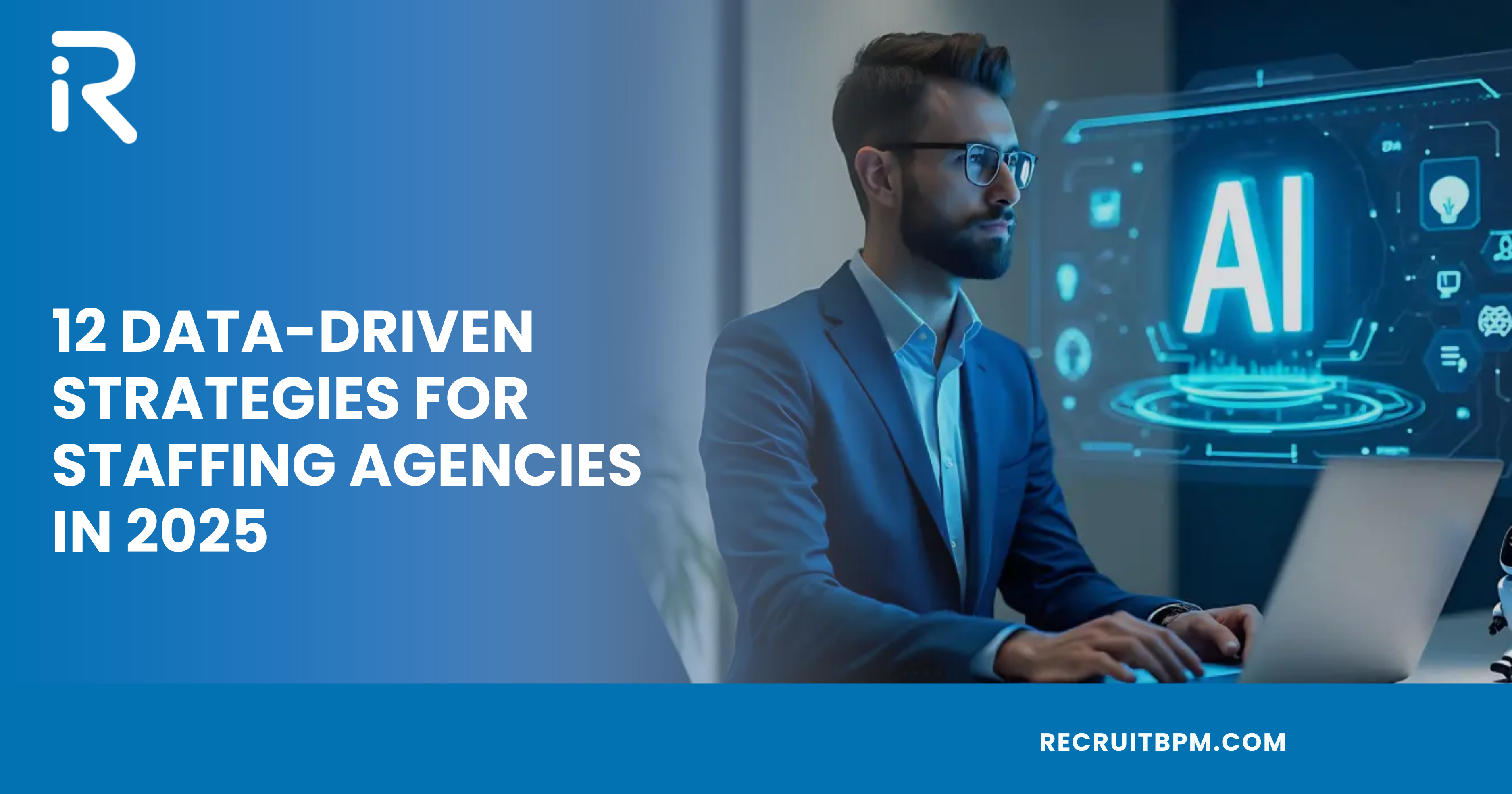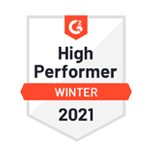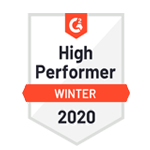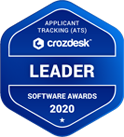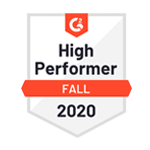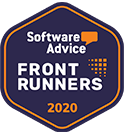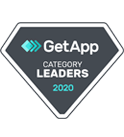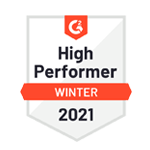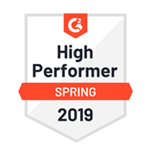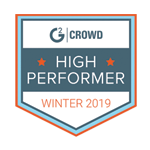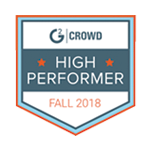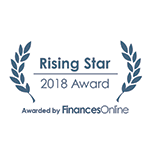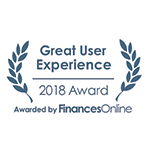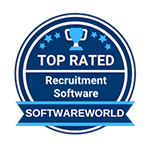The recruitment landscape has fundamentally shifted. Traditional job postings and cold outreach are no longer sufficient to attract top talent in today’s competitive market. With 77% of HR professionals reporting difficulties filling positions and recruitment budgets remaining flat in 2025, staffing agencies must evolve beyond conventional methods to thrive.
The solution lies in future-ready recruitment marketing – a strategic approach that combines AI-driven insights, data analytics, and personalized candidate experiences to transform how agencies attract, engage, and convert talent. This isn’t just about posting jobs; it’s about building sustainable talent ecosystems that deliver measurable results.
In this comprehensive guide, you’ll discover 12 data-driven strategies that leading staffing agencies are using to dominate their markets, reduce time-to-hire by up to 45%, and create competitive advantages that traditional approaches simply cannot match.
What is Recruitment Marketing in 2025?
Recruitment marketing is the strategic application of marketing principles and technologies to attract, engage, and nurture potential candidates before they apply for positions. Unlike traditional recruiting, which is reactive and begins after a candidate applies, recruitment marketing is proactive and focuses on building long-term talent relationships.
The global recruitment marketing market is projected to reach $1.7 billion by 2030, reflecting a 42% growth from 2024. This expansion is driven by the fundamental shift in how candidates discover and evaluate opportunities. Today’s job seekers research potential employers as thoroughly as they would a major purchase, with 89% checking company reviews and 73% evaluating social media presence before applying.
Modern recruitment marketing encompasses employer branding, content strategy, social media engagement, email campaigns, programmatic advertising, and data analytics – all integrated into a cohesive system that transforms passive candidates into engaged applicants.
Why Traditional Methods Are Failing?
Traditional recruitment methods are experiencing unprecedented failure rates. Generic job postings achieve response rates below 3%, while cold outreach emails see engagement rates declining by 23% year-over-year. The disconnect between traditional approaches and modern candidate expectations creates a fundamental gap that costs agencies both opportunities and revenue.
Consider the numbers: 60% of candidates abandon applications that take longer than 10 minutes to complete, and 78% never respond to recruitment emails that lack personalization. Meanwhile, agencies using traditional methods report average cost-per-hire figures 156% higher than those employing modern recruitment marketing strategies.
The root cause lies in the shift from employer-driven to candidate-driven markets. Today’s professionals, particularly Gen Z and Millennials, who comprise 75% of the workforce, expect personalized experiences, transparent communication, and values-aligned opportunities. They research companies extensively, seek authentic employer brands, and prioritize flexibility and growth opportunities over traditional benefits.
This evolution demands a strategic response. Agencies that continue relying on outdated approaches will find themselves increasingly unable to compete for quality talent, while those embracing data-driven recruitment marketing will capture disproportionate market share.
12 Game-Changing Recruitment Marketing Strategies for Staffing Agencies
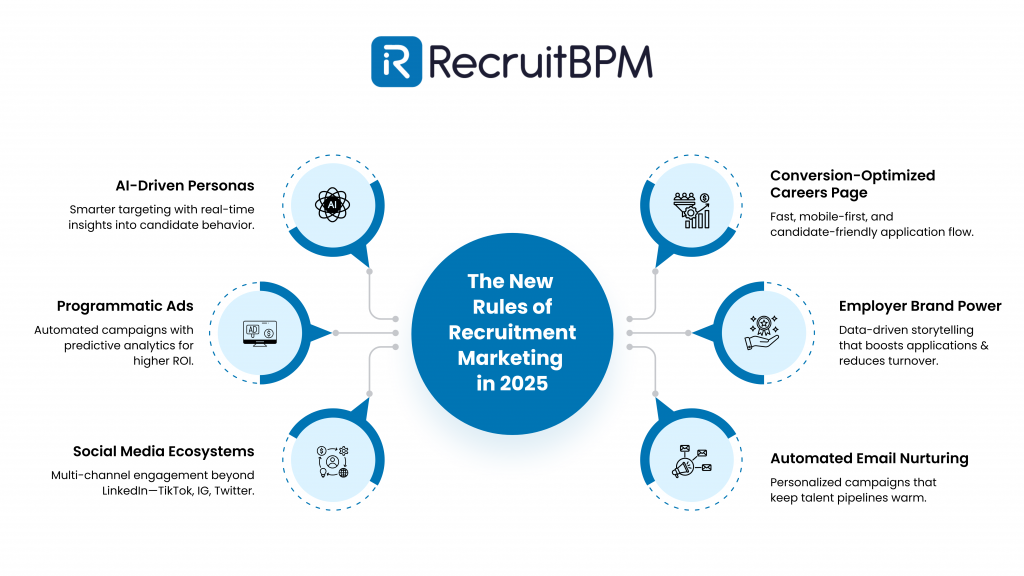
1. AI-Driven Candidate Persona Development and Targeting
Advanced candidate persona development goes far beyond basic demographics. AI-powered analytics examine behavioral patterns, career progression data, skill evolution, and engagement preferences to create dynamic persona profiles that adapt in real-time.
Implementation Strategy: Deploy machine learning algorithms to analyze your successful placements, identifying common characteristics, career paths, and decision-making triggers. Create detailed persona profiles that include technical skills, soft skills, career motivations, preferred communication channels, and decision-making timelines.
Measurable Impact: Agencies using AI-driven persona development report 67% improvement in candidate quality scores and 34% reduction in time-to-placement. The precision targeting reduces wasted outreach efforts while increasing conversion rates from initial contact to application.
Best Practices: Update personas quarterly based on new placement data, A/B test messaging approaches for different persona segments, and integrate persona insights into all recruitment marketing activities from content creation to channel selection.
2. Programmatic Job Advertising with Predictive Analytics
Programmatic job advertising automates ad placement, budget allocation, and performance optimization across multiple channels simultaneously. Predictive analytics forecast which platforms, timing, and messaging combinations will yield the highest candidate engagement for specific roles.
Strategic Approach: Implement programmatic platforms that automatically distribute job ads across 200+ job boards, social media platforms, and niche industry sites. Use predictive modeling to forecast campaign performance and automatically adjust spending based on real-time results.
Performance Metrics: Organizations using programmatic advertising achieve 43% lower cost-per-click rates and 52% higher application completion rates compared to manual ad placement. The automation enables continuous optimization that human management cannot match.
Advanced Techniques: Leverage dynamic creative optimization to automatically test different ad variations, implement retargeting campaigns for candidates who viewed but didn’t apply, and use lookalike audience modeling to expand reach to similar high-quality candidates.
3. Multi-Channel Social Media Recruitment Ecosystems
Social media recruitment extends far beyond LinkedIn posting. A comprehensive ecosystem approach leverages platform-specific strategies, employee advocacy programs, and authentic content creation to build sustainable talent communities.
Platform-Specific Strategies: LinkedIn serves as the professional networking hub for relationship building and thought leadership. Instagram showcases company culture through visual storytelling and behind-the-scenes content. TikTok engages younger talent through creative, authentic content that demonstrates workplace personality. Twitter facilitates real-time industry engagement and news sharing.
Employee Advocacy Integration: Employees generate 7 times more engagement than corporate accounts. Develop structured advocacy programs that provide content templates, training, and incentives for team members to share authentic workplace experiences and job opportunities.
Content Strategy Framework: Create varied content calendars including job postings (20%), company culture content (30%), industry insights (25%), employee spotlights (15%), and community engagement (10%). This balance maintains audience interest while driving recruitment objectives.
Results Measurement: Track engagement rates, follower growth, click-through rates to job postings, and applications generated from each platform. Leading agencies report 89% of their social media followers eventually engage with job opportunities.
4. Conversion-Optimized Career Website and Landing Pages
Your career website functions as the primary conversion point for interested candidates. Optimization focuses on user experience, mobile responsiveness, search engine visibility, and seamless application processes.
Design Principles: Implement mobile-first design with loading speeds under 3 seconds, clear navigation, and prominent calls-to-action. Include authentic employee testimonials, detailed role descriptions, and transparent information about company culture and benefits.
SEO Optimization: Target recruitment-specific keywords including “[city] + [job title],” “[industry] + jobs,” and “[company name] + careers.” Create location-specific landing pages for geographic targeting and develop content that answers common candidate questions.
Conversion Enhancement: Add live chat functionality for real-time candidate support, implement progressive application forms that collect information gradually, and provide application status tracking to improve candidate experience.
Technical Integration: Connect career pages directly to your ATS for seamless data flow, implement analytics tracking for detailed performance insights, and ensure GDPR compliance for candidate data protection.
5. Data-Driven Employer Brand Development
Employer branding transcends marketing materials to encompass every candidate touchpoint. Data-driven approaches measure brand perception, identify improvement opportunities, and track the impact of branding efforts on recruitment outcomes.
Brand Assessment: Conduct comprehensive audits of your current employer brand perception through candidate surveys, online review analysis, and social media sentiment monitoring. Identify gaps between intended brand messaging and actual candidate experience.
Content Strategy: Develop authentic storytelling that showcases real employee experiences, career progression opportunities, and workplace culture. Video content performs exceptionally well, with employee testimonial videos generating 300% more engagement than text-based content.
Measurement Framework: Track brand awareness metrics, application rates, candidate Net Promoter Scores, and employee retention rates. Strong employer brands see 50% more qualified applicants and 28% lower turnover rates.
Continuous Improvement: Implement regular brand health assessments, monitor competitor positioning, and adapt messaging based on market feedback and performance data.
6. Automated Email Marketing and Nurture Sequences
Email marketing remains one of the highest ROI recruitment marketing channels, delivering $42 for every $1 invested when properly executed. Automation enables personalized communication at scale while maintaining authentic relationship building.
Segmentation Strategy: Create detailed candidate segments based on skills, experience level, industry background, engagement history, and career goals. Each segment receives tailored messaging that addresses specific needs and interests.
Nurture Sequence Development: Design multi-touch campaigns that provide value beyond job opportunities. Include industry insights, career development tips, salary benchmarking data, and company updates. Maintain contact frequency of 1-2 emails monthly to stay top-of-mind without overwhelming recipients.
Behavioral Triggers: Implement automated responses based on candidate actions such as job application, email opens, website visits, or profile updates. These triggers enable timely, relevant communication that enhances candidate experience.
Performance Optimization: Track open rates, click-through rates, response rates, and conversion to applications. A/B test subject lines, content formats, send times, and call-to-action placement to continuously improve performance.
7. Skills-Based Hiring and Assessment Integration
Skills-based hiring focuses on capabilities rather than credentials, expanding talent pools while improving hire quality. This approach is particularly effective for roles where skills can be demonstrated regardless of educational background or previous job titles.
Assessment Framework: Develop role-specific skills assessments that evaluate both technical capabilities and soft skills. Include practical exercises, portfolio reviews, and behavioral interviews that predict job performance more accurately than traditional screening methods.
Bias Reduction: Structured skills-based processes reduce hiring bias by 36% compared to traditional screening methods. Implement standardized evaluation criteria and diverse interview panels to ensure fair assessment.
Candidate Experience: Present skills assessments as opportunities for candidates to showcase abilities rather than barriers to employment. Provide feedback on assessment results and explain how skills align with role requirements.
Integration Benefits: Skills-based hiring increases diversity by 52% and improves employee retention by 29% as candidates are better matched to role requirements and growth opportunities.
8. Talent Community Building and Relationship Management
Talent communities represent long-term relationship building with potential candidates who may not be immediately available but could be interested in future opportunities. These communities provide ongoing value while maintaining engagement for future hiring needs.
Community Development: Create value-driven communities through email lists, social media groups, and exclusive content access. Provide industry insights, career development resources, and networking opportunities that benefit members regardless of immediate job interest.
Content Strategy: Share market trends, salary data, skill development resources, and career advancement tips. Host virtual events, webinars, and Q&A sessions that position your agency as a trusted career partner rather than just a job placement service.
Engagement Measurement: Track community growth, engagement rates, event attendance, and conversion from community member to candidate. Successful communities typically convert 15-25% of members to active candidates annually.
Technology Integration: Use CRM systems to track community member interactions, preferences, and engagement history. This data enables personalized communication and timely outreach when relevant opportunities arise.
9. Gen Z and Millennial-Focused Recruitment Strategies
Gen Z and Millennials comprise 75% of the current workforce and have distinct preferences for communication, workplace culture, and career development. Tailored strategies address these preferences while highlighting relevant opportunities.
Communication Preferences: These generations prefer text-based communication, mobile-optimized experiences, and transparent, authentic messaging. They research extensively before engaging and expect quick responses to inquiries.
Values Alignment: Emphasize diversity, equity, inclusion, sustainability, and social impact in recruitment messaging. Highlight flexible work arrangements, professional development opportunities, and clear career advancement paths.
Platform Strategy: Engage on platforms where these candidates are active, including TikTok, Instagram, and Discord. Create content that demonstrates workplace culture authentically rather than through polished marketing materials.
Decision Factors: These candidates prioritize work-life balance, growth opportunities, company values, and meaningful work over traditional benefits. Adjust messaging and role presentations to emphasize these factors.
10. Geofencing and Location-Based Recruitment Marketing
Geofencing technology enables precise geographic targeting for recruitment campaigns, allowing agencies to reach candidates in specific locations with relevant messaging.
Strategic Implementation: Create virtual boundaries around target locations such as universities, competitor offices, industry conferences, and professional development events. Deliver timely, location-relevant job opportunities to candidates in these areas.
Campaign Types: Target university campuses during career fair seasons, reach professionals leaving competitor events, and engage attendees at industry conferences with relevant opportunities.
Personalization: Customize messaging based on location context. Campus targeting might emphasize entry-level opportunities and growth potential, while competitor office targeting could highlight superior benefits or career advancement.
Performance Tracking: Monitor campaign reach, engagement rates, and applications generated from specific locations. Successful geofencing campaigns typically achieve 40% higher engagement rates than general targeting.
11. Candidate Experience Optimization and Journey Mapping
Candidate experience directly impacts application completion rates, brand perception, and referral generation. Optimization focuses on reducing friction while maintaining thorough evaluation processes.
Journey Mapping: Document every candidate touchpoint from initial awareness through onboarding. Identify pain points, friction areas, and opportunities for improvement. Pay particular attention to mobile experience, as 67% of candidates begin job searches on mobile devices.
Application Optimization: Streamline application processes to require minimal time investment while collecting necessary information. Implement save-and-continue functionality, auto-populate from LinkedIn profiles, and provide clear progress indicators.
Communication Excellence: Establish clear communication expectations, provide regular updates on application status, and offer multiple contact methods for candidate inquiries. Candidates rate communication as the most important factor in their experience.
Feedback Integration: Regularly survey candidates about their experience and implement improvements based on feedback. Organizations with optimized candidate experiences see 70% higher application completion rates.
12. Advanced Analytics and Performance Measurement
Data-driven decision-making separates successful recruitment marketing from random activity. Advanced analytics provide insights into campaign performance, candidate behavior, and optimization opportunities.
KPI Framework: Track metrics across the entire recruitment funnel, including awareness (impressions, reach), engagement (clicks, time on site), conversion (applications, interviews), and quality (hire rates, retention). Establish baseline measurements and improvement targets.
Predictive Analytics: Use historical data to forecast hiring needs, identify seasonal trends, and predict campaign performance. This enables proactive resource allocation and strategy adjustment.
ROI Measurement: Calculate return on investment for different recruitment marketing channels, campaigns, and strategies. Track cost-per-hire, time-to-hire, and quality-of-hire improvements resulting from marketing efforts.
Continuous Optimization: Implement regular performance reviews, A/B test new approaches, and adjust strategies based on data insights. Leading agencies review and optimize their recruitment marketing performance monthly.
The RecruitBPM Advantage: Integrated Platform Solutions
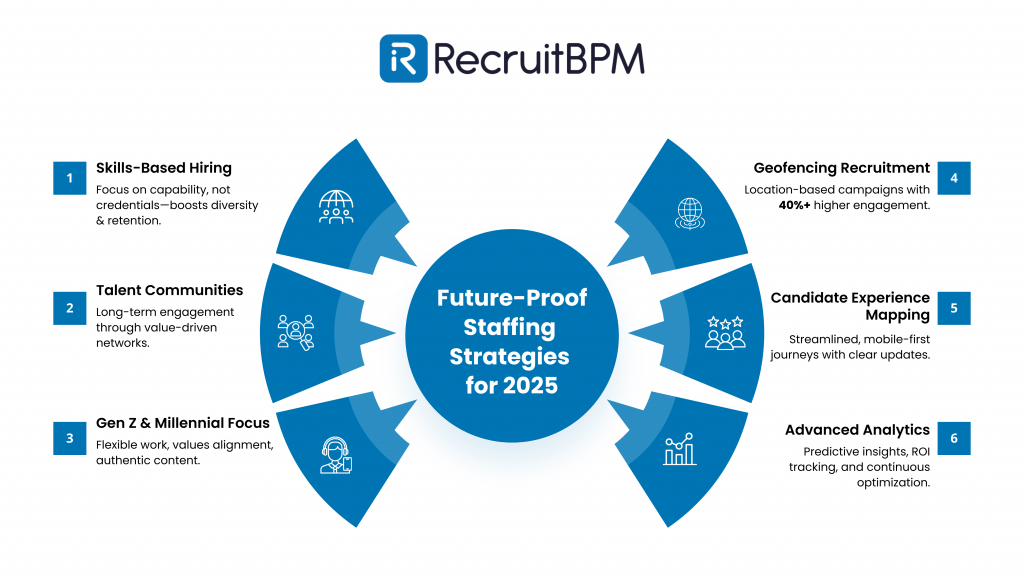
Traditional recruitment marketing requires managing multiple disconnected tools – separate systems for job posting, candidate tracking, email marketing, social media management, and analytics. This fragmentation creates inefficiencies, data silos, and missed opportunities.
RecruitBPM’s integrated platform combines ATS, CRM, and marketing automation in a unified solution that eliminates platform switching, ensures data consistency, and enables sophisticated automation workflows. This integration provides several critical advantages:
Unified Data Management: All candidate interactions, from initial marketing touchpoints through placement, are tracked in a single system. This comprehensive view enables better decision-making and more effective relationship management.
Automated Workflow Integration: Marketing campaigns automatically trigger follow-up actions in the recruitment process. When a candidate engages with marketing content, the system can automatically add them to nurture sequences, update their status, or notify relevant team members.
Cost Efficiency: Integrated platforms typically cost 40-60% less than equivalent functionality from multiple vendors. Beyond direct cost savings, the efficiency gains from unified systems improve productivity significantly.
Scalability: As your agency grows, integrated platforms scale seamlessly without requiring additional tool integration or workflow redesign. This scalability supports sustainable business growth.
Implementation Roadmap:
Days 1-30: Foundation Setup
- Audit current recruitment marketing efforts and identify improvement opportunities
- Implement basic automation for email marketing and social media posting
- Establish baseline KPI measurements across all recruitment marketing activities
- Create initial candidate personas based on successful placement data
Days 31-60: Advanced Feature Deployment
- Launch programmatic job advertising campaigns with budget optimization
- Implement behavioral email nurture sequences for different candidate segments
- Develop a content calendar for social media and blog content creation
- Begin A/B testing different messaging approaches and channel strategies
Days 61-90: Full-Scale Implementation and Optimization
- Deploy advanced analytics and reporting dashboards for comprehensive performance tracking
- Integrate talent community building with ongoing engagement campaigns
- Implement predictive analytics for campaign performance forecasting
- Establish regular optimization cycles for continuous improvement

Measuring Success: KPIs and Metrics That Matter in 2025
Efficiency Metrics:
- Time-to-hire reduction: Target 25-45% improvement over baseline
- Cost-per-hire optimization: Aim for a 30-50% reduction through better targeting
- Application completion rates: Achieve 70%+ completion for optimized processes
Quality Metrics:
- Candidate satisfaction scores: Target Net Promoter Score above 50
- Hire retention rates: Track 90-day and 1-year retention improvements
- Client satisfaction with candidate quality: Monitor feedback and repeat business
Growth Metrics:
- Talent community growth: Aim for 20%+ monthly growth in engaged community members
- Social media engagement: Target increasing engagement rates across all platforms
- Email marketing performance: Achieve 25%+ open rates and 5%+ click-through rates
ROI Metrics:
- Revenue per placement increase: Track improvements in placement fees and volumes
- Marketing attribution: Measure the percentage of placements originating from marketing efforts
- Customer lifetime value: Monitor improvements in client relationships and repeat business
Future-Proofing Your Recruitment Marketing Strategy
The recruitment marketing landscape continues to evolve rapidly. Successful agencies prepare for future changes while maximizing current opportunities.
Emerging Technologies: Artificial intelligence capabilities expand monthly, offering new automation and personalization opportunities. Voice search optimization becomes increasingly important as candidates use voice assistants for job searches. Virtual and augmented reality technologies enable immersive candidate experiences.
Regulatory Considerations: Data privacy regulations continue expanding globally, requiring careful attention to candidate data collection and usage. Pay transparency laws affect job posting requirements and candidate expectations.
Market Evolution: Remote work normalization changes geographic recruitment boundaries. Gig economy growth creates new relationship models between candidates and employers. Skills-based hiring reduces emphasis on traditional qualifications.
Preparation Strategies: Maintain a flexible technology infrastructure that adapts to new requirements. Invest in continuous learning for recruitment marketing skills. Develop diverse candidate communities that span multiple demographics and skill sets.
Frequently Asked Questions
How quickly can we expect to see results from recruitment marketing?
Most agencies notice improved candidate engagement within 2-3 weeks of implementing basic optimization strategies. Significant improvements in application quality and volume typically occur within 60-90 days as automation and optimization mature. Long-term relationship building benefits, such as talent community conversion, develop over 6-12 months.
What budget should we allocate to recruitment marketing?
Successful agencies typically invest 15-25% of their total recruitment budget in marketing activities. This includes technology costs, content creation, advertising spend, and team training. The ROI from effective recruitment marketing generally justifies increased investment over time.
How do we measure the ROI of recruitment marketing efforts?
Track both direct metrics (applications generated, placements from marketing campaigns) and indirect benefits (improved brand awareness, higher candidate quality, reduced time-to-hire). Establish baseline measurements before implementation and monitor improvements monthly.
Can small staffing agencies compete with larger firms using these strategies?
Recruitment marketing actually levels the playing field by enabling precise targeting and efficient resource utilization. Small agencies can often move faster, provide more personalized experiences, and develop stronger community relationships than larger competitors.
What’s the most important recruitment marketing strategy to implement first?
Email marketing automation provides the highest immediate ROI and forms the foundation for other strategies. Start with basic nurture sequences, then expand to more sophisticated automation and personalization as you collect data and refine your approach.
The future of staffing agency success lies in embracing recruitment marketing as a core competency rather than an optional add-on. Agencies that implement these data-driven strategies will capture disproportionate market share while building sustainable competitive advantages that traditional approaches cannot match.
Ready to transform your talent acquisition strategy? The time to begin your recruitment marketing evolution is now.


